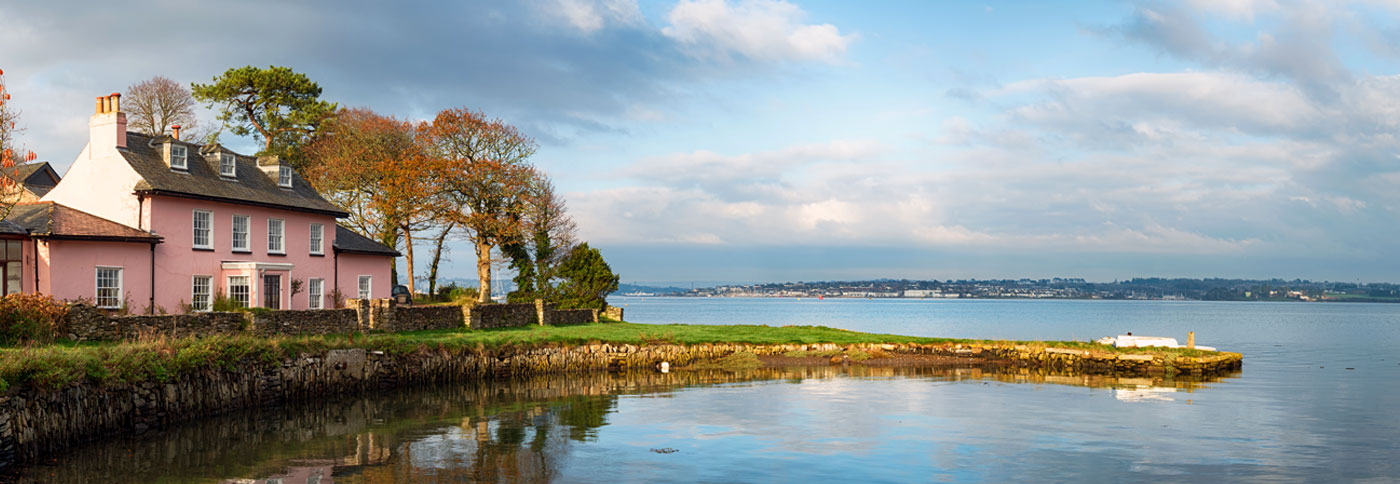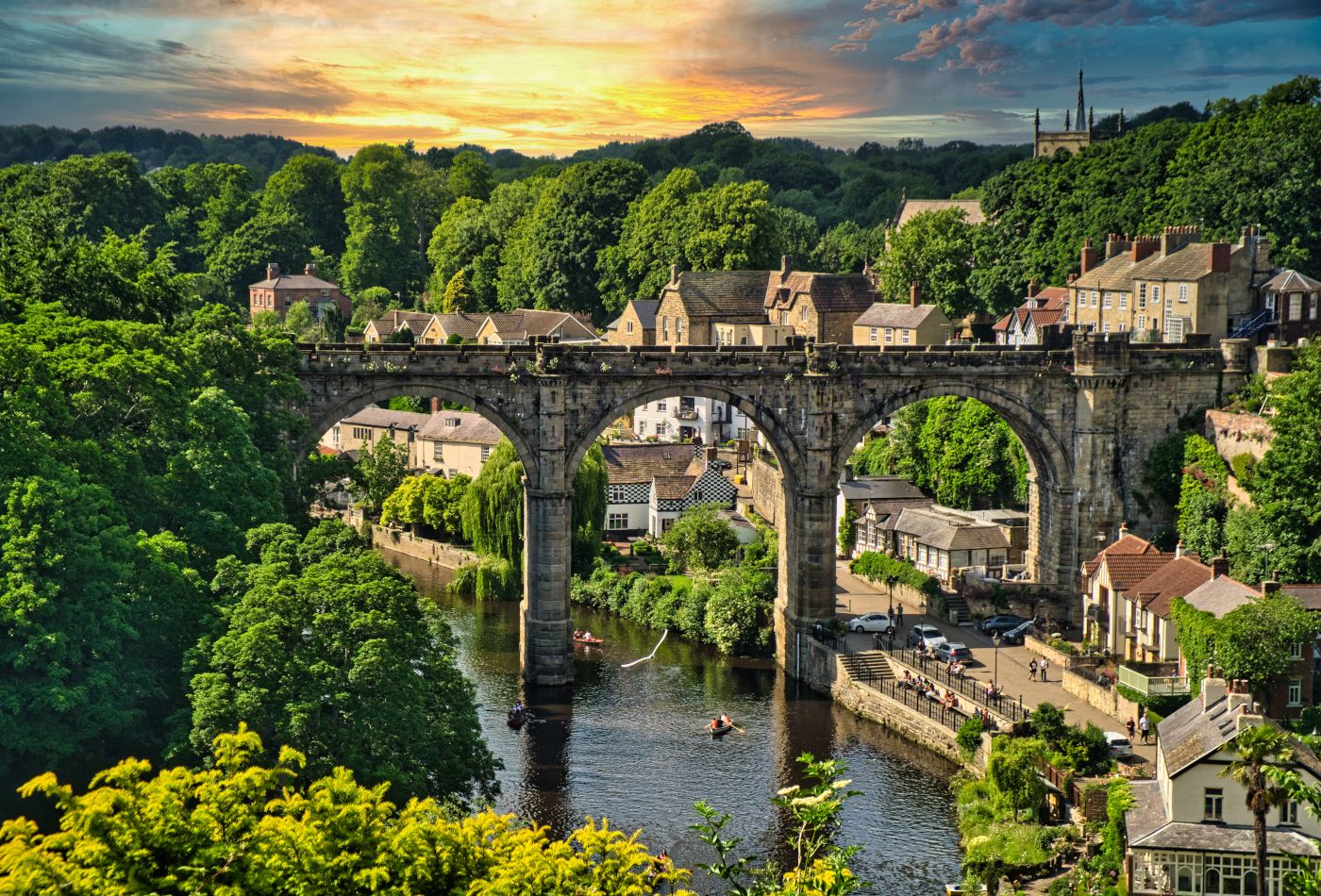

Our turn of the year campaign is sure to get you in the mood to plan your next getaway...

Trying to find the perfect place to spend your next big staycation? If so, then you’ve come to the...

XXX This offer has now ENDED xxx We’re pleased to announce our biggest Black Friday ever for 2025, with...

If going on holiday with your four-legged companion is a must-do, then why not consider booking a stay in...

If you've been wondering where the best place to for a weekend break in the UK is, then you're...
Are you on the phone to our call centre? Your Customer ID is: